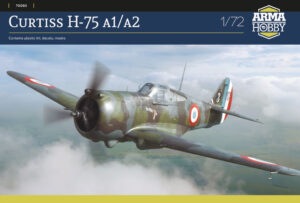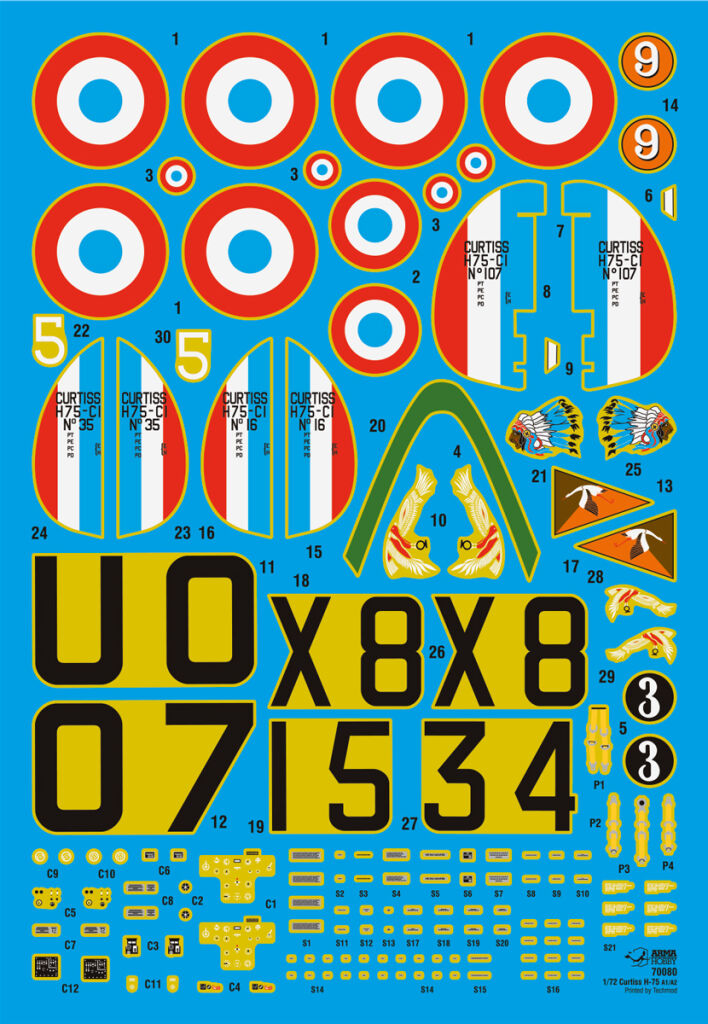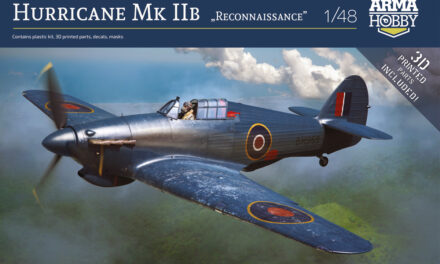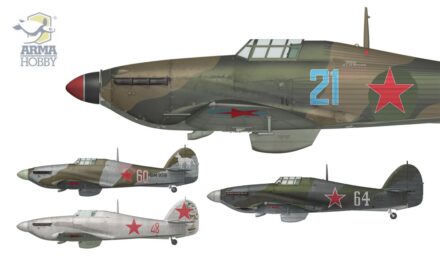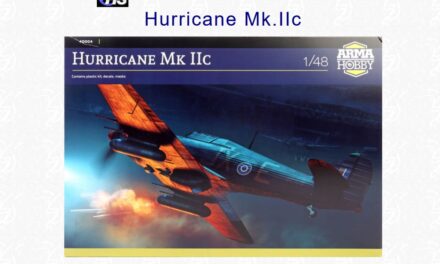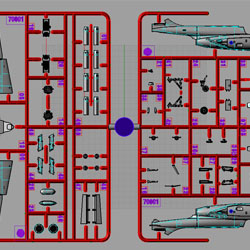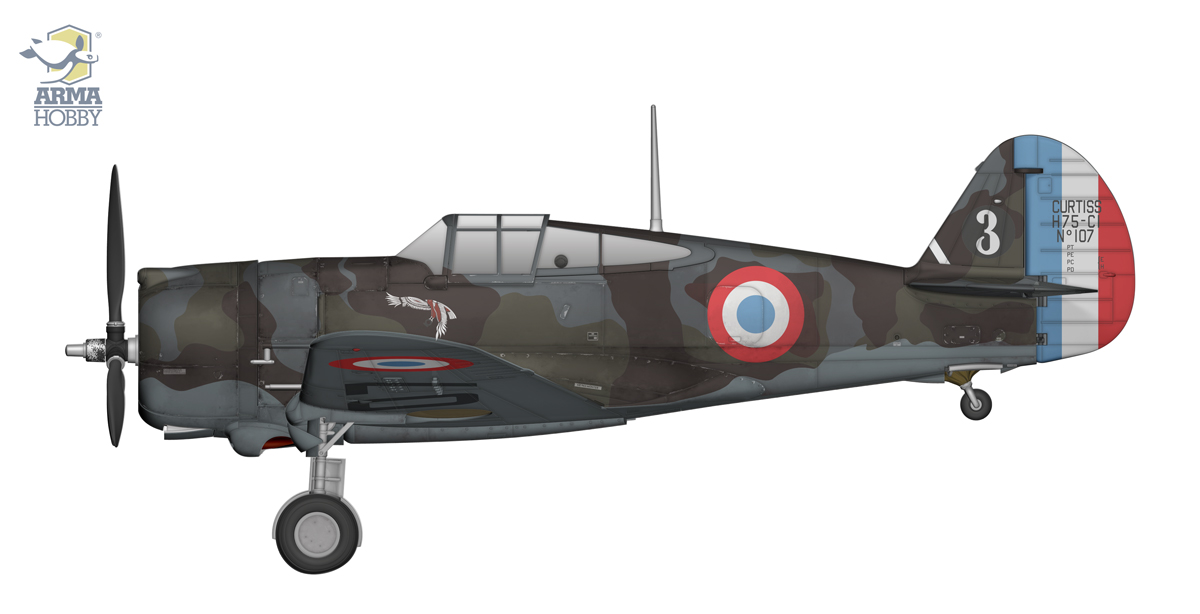
The legendary Jan Zumbach is one of the few Polish aviators who were given the opportunity to perform combat flights on a Curtiss H-75 during the Battle of France. Unlike the Poles from the section which was tasked with providing cover for the SNCAC plant at Bourges and the pair of Polish pilots serving with GC III/2, Lieutenant Zumbach took possession of his Curtiss in a more fortuitous manner.
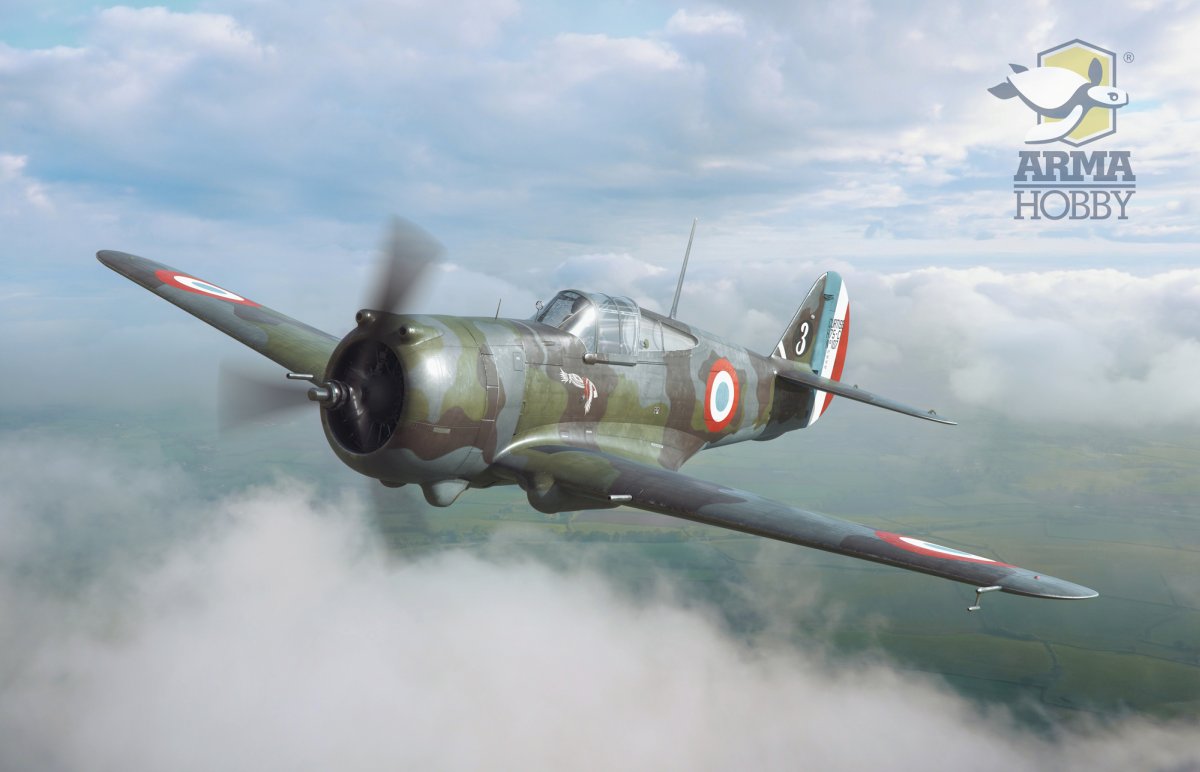 A beautiful illustration by Piotr Forkasiewicz – boxart of the Arma Hobby Curtiss H-75 A1/A2 kit no. 70080 in 1/72 scale – shows Curtiss No. 107 piloted by Jan Zumbach over France in June 1940.
A beautiful illustration by Piotr Forkasiewicz – boxart of the Arma Hobby Curtiss H-75 A1/A2 kit no. 70080 in 1/72 scale – shows Curtiss No. 107 piloted by Jan Zumbach over France in June 1940.
Evacuated from Poland in 1939, at the beginning of his service in exile in France he had trained at CWL (DIAP) Lyon. In mid-May 1940, together with several other Polish airmen (Captain Krasnodębski, Corporal Karubin, Corporal Bełc), he was assigned to one of the newly formed Étampes/Châteaudun territorial defence sections (DAT), which flew the Morane-Saulnier MS.406. In the second half of May and early June, the unit operated mainly in the area of Étampes and Châteaudun, Chartres and Orléans. Around 1 June, the DAT Étampes grouping of sections was placed under the command of squadron GC 1/55.
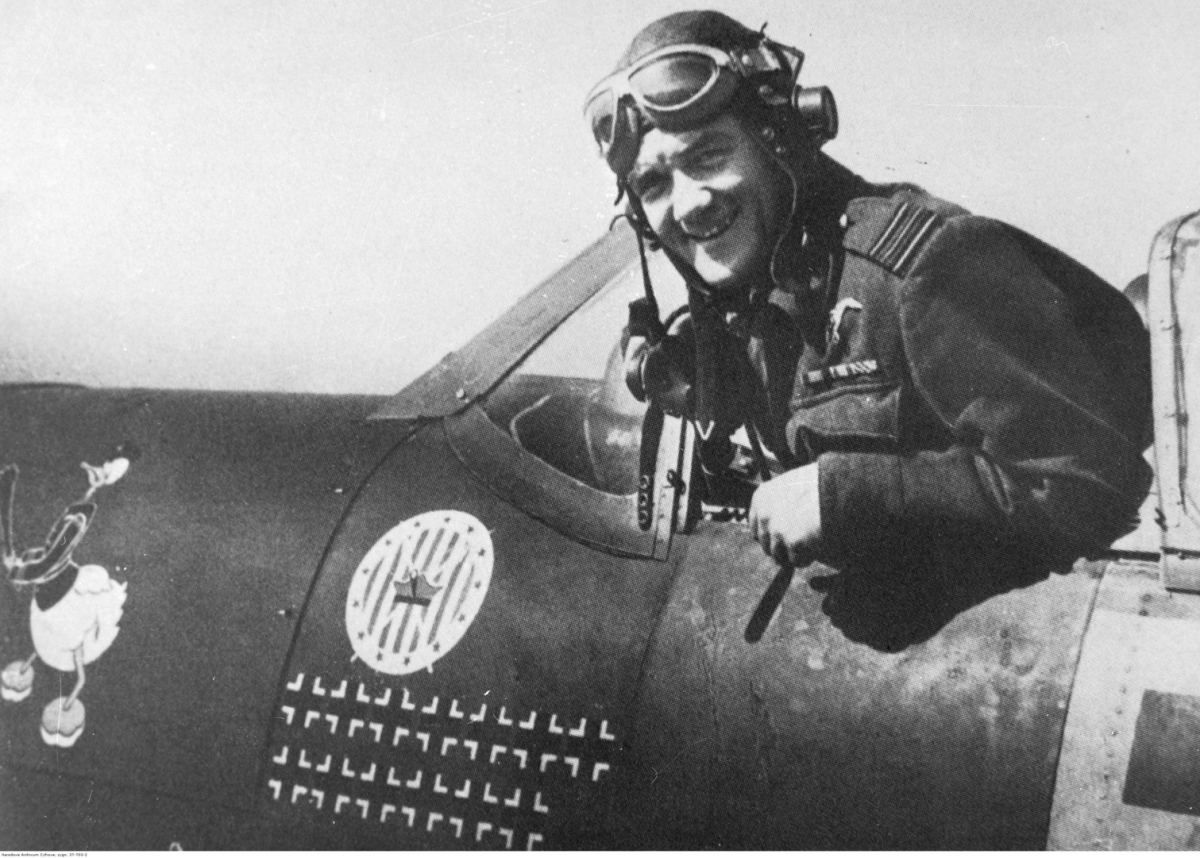 Jan Zumbach in the No. 303 Squadron Spitfire cockpit with Zumbach’s score and famous “Donald Duck” emblem. Photo: NAC/Public Domain
Jan Zumbach in the No. 303 Squadron Spitfire cockpit with Zumbach’s score and famous “Donald Duck” emblem. Photo: NAC/Public Domain
The fates of Zumbach and Curtiss H-75 A2 n° 107 became intertwined when, on 10 June 1940, he and other pilots of GC 1/55 went to Villacoublay near Paris in order to evacuate aircraft that were still operational. The condition of the equipment which they had hitherto used left much to be desired. By this time, the Germans were already approaching Paris. There were quite a few modern or operational fighters left at the airbase in Villacoublay, including Bloch 152s, MS.406s, MS.410s and Arsenal VG 33s. Immediately after arriving in Villacoublay, Zumbach made two flights on a Bloch.
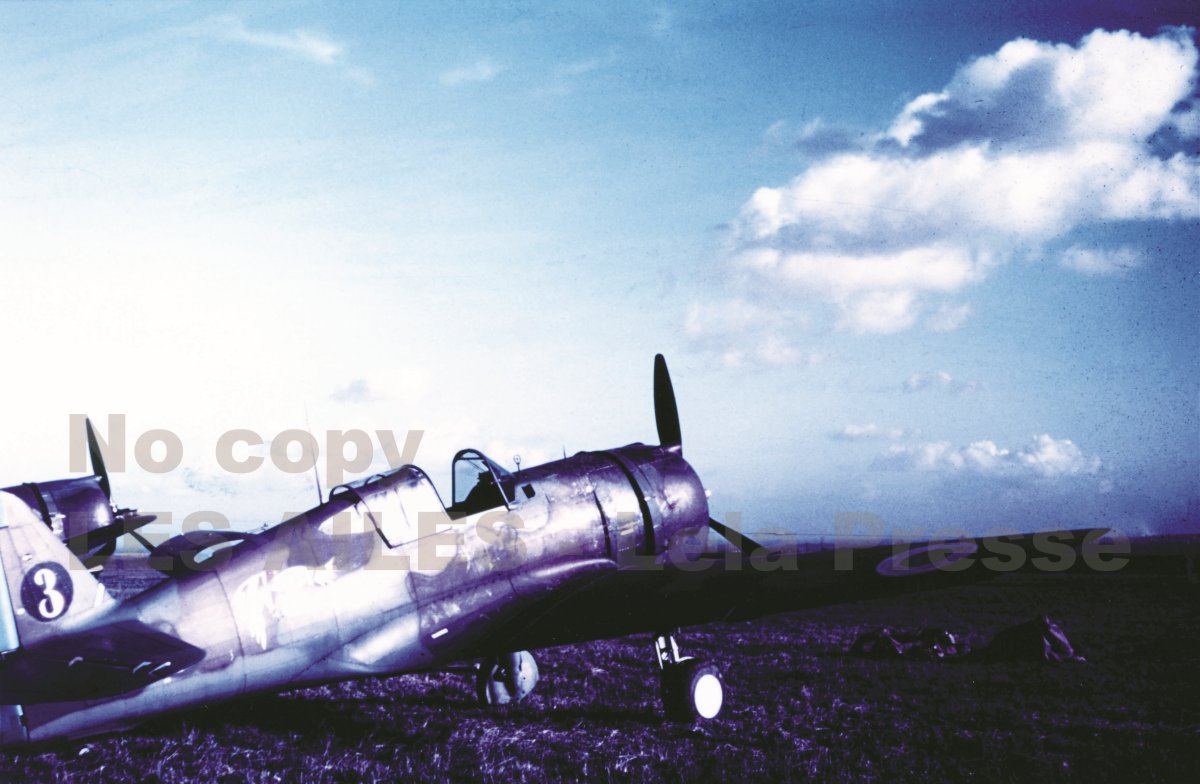 Curtiss H-75A2 n°107 code 3 of leutenant de Montravel of the 2nd escadrille of GC I/4, seen at Norrent-Fontes in late 1939. The insigna is still on the fuselage. Photo: J. Tardy de Montravel
Curtiss H-75A2 n°107 code 3 of leutenant de Montravel of the 2nd escadrille of GC I/4, seen at Norrent-Fontes in late 1939. The insigna is still on the fuselage. Photo: J. Tardy de Montravel
The following day he took over Curtiss H-75 A2 n° 107, which had been abandoned by the personnel of GC I/4 when leaving the base ten days earlier. In total, between 11 and 17 June 1940 Zumbach performed seventeen patrol flights and staging flights on this aircraft. He provided cover for Villacoublay and Paris, and then for Étampes and Châteauroux. He made flights to Orléans-Bricy and Clermont-Aulnat, before finally completing his route in Bordeaux on 17 June, where he was ordered to evacuate to the UK. For the last week before the armistice of 25 June, Curtiss n° 107 was probably the personal aircraft of the commander of GC 1/55, Commandant Rabatel. The aircraft was captured by the Germans and a year later sent to Finland, where it served with the designation CUw-556.
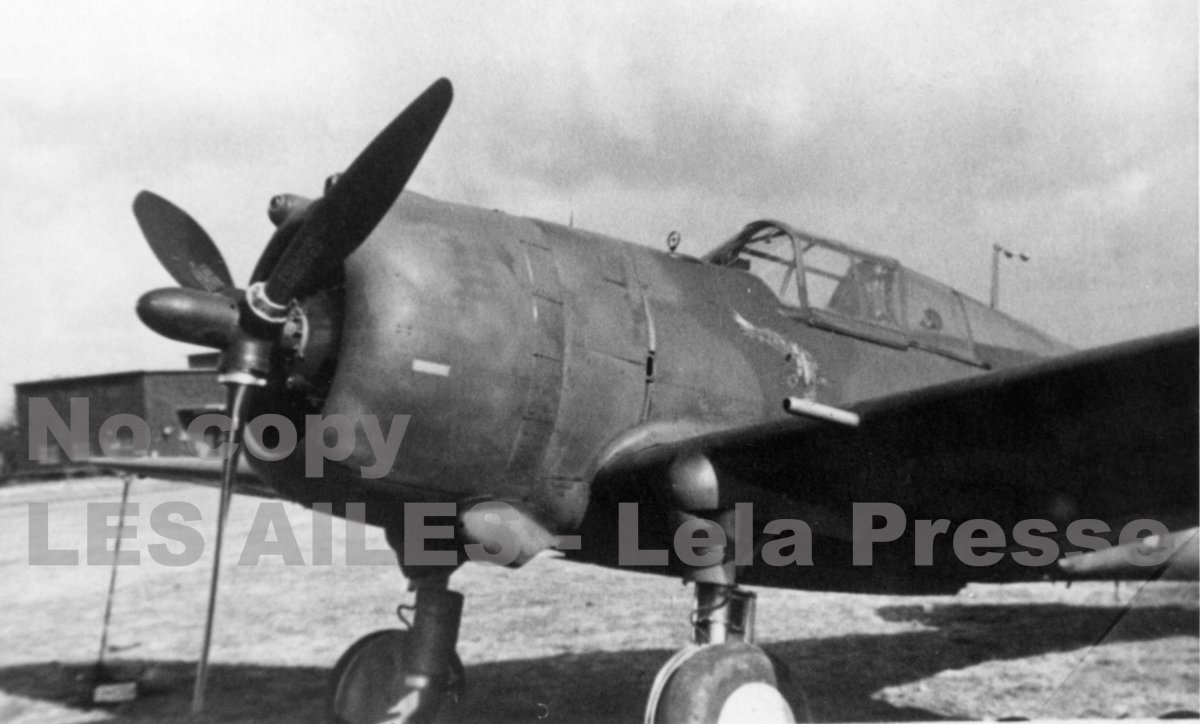
Curtiss H-75A2 n°107 was captured by the Germans at Bordeaux in undamaged condition, having been used by Jan Zumbach in GC 1/55. In the photos we see it in German markings, a little later, when the original high mast of the antenna was replaced by a low one with a line. On the fuselage under the cockpit can be seen the emblem 2 esc. GC I/4, applied in a smaller size, after the original emblem on the fuselage had been painted over. Photo: D. Pitcairn via J-L. Roba
Curtiss H-75 A2 n° 107 (U007) came from the second contract for 100 aircraft, which had been signed in early March 1939. After delivery to France, it was assembled at the SNCAC plant in Bourges, which it then left on 8 July 1939. Like the earlier Curtisses, it was delivered from the USA without camouflage, which was affixed in Bourges using French paints. The camouflage, comprising “kaki” (khaki), “brun” (dark brown) and “gris bleu foncé” (dark grey-blue), was arranged in a pattern made up of irregular patches of medium size, and was characteristic of this series of aircraft. It also covered the surfaces under the horizontal stabilizer. The undersides of the aircraft were painted in “gris bleu clair” (light grey-blue). Unlike the early H-75 A1s from the first contract (SEE PARTS 1 & 2), the military registration code (Matricule Militaire) on the underside of the wings already had a standardized typeface, with the letter and numbers larger and more widely spaced.
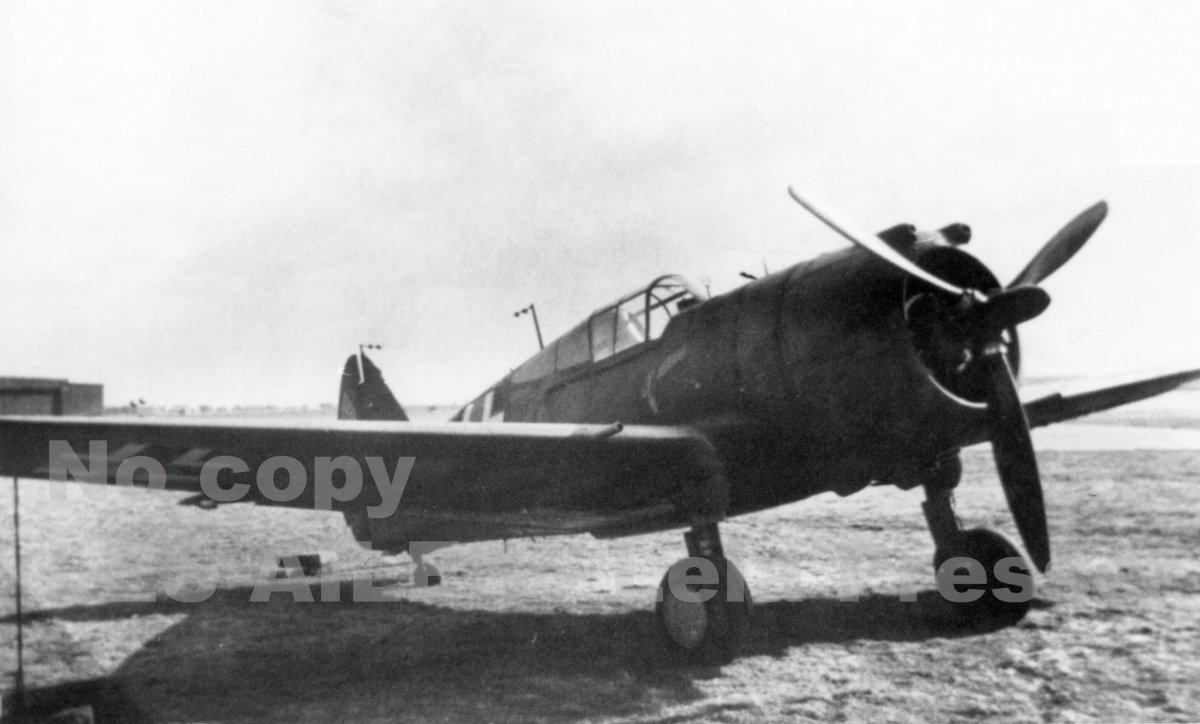 Curtiss H-75A2 n°107 was captured by the Germans at Bordeaux in undamaged condition, having been used by Jan Zumbach in GC 1/55. In the photos we see it in German markings, a little later, when the original high mast of the antenna was replaced by a low one with a line. On the fuselage under the cockpit can be seen the emblem 2 esc. GC I/4, applied in a smaller size, after the original emblem on the fuselage had been painted over. Photo: D. Pitcairn via J-L. Roba
Curtiss H-75A2 n°107 was captured by the Germans at Bordeaux in undamaged condition, having been used by Jan Zumbach in GC 1/55. In the photos we see it in German markings, a little later, when the original high mast of the antenna was replaced by a low one with a line. On the fuselage under the cockpit can be seen the emblem 2 esc. GC I/4, applied in a smaller size, after the original emblem on the fuselage had been painted over. Photo: D. Pitcairn via J-L. Roba
The identification marks on the undersides of the wings had a typical size of 1.2 m. The marks on the upper wing surfaces were initially small, with a diameter of 0.3 m, but after 19 November 1939 they were replaced with large cockades, identical to those painted on the underside. Stripes in the national colours covered the entire surface of the rudder.
The individual markings of Curtiss n° 107 during the period in which it was flown by Jan Zumbach do, however, hid some secrets. Previously, the aircraft had been flown by Lieutenant J. Tardy de Montravel of 2nd escadrille GC I/4 and carried the tactical number “3”. Unfortunately, there are no known photographs showing the fighter between January and June 1940. But fortunately, thanks to photographs of this aeroplane and other Curtisses from late 1939, we can determine the relevant customs that prevailed in 2nd escadrille GC I/4.
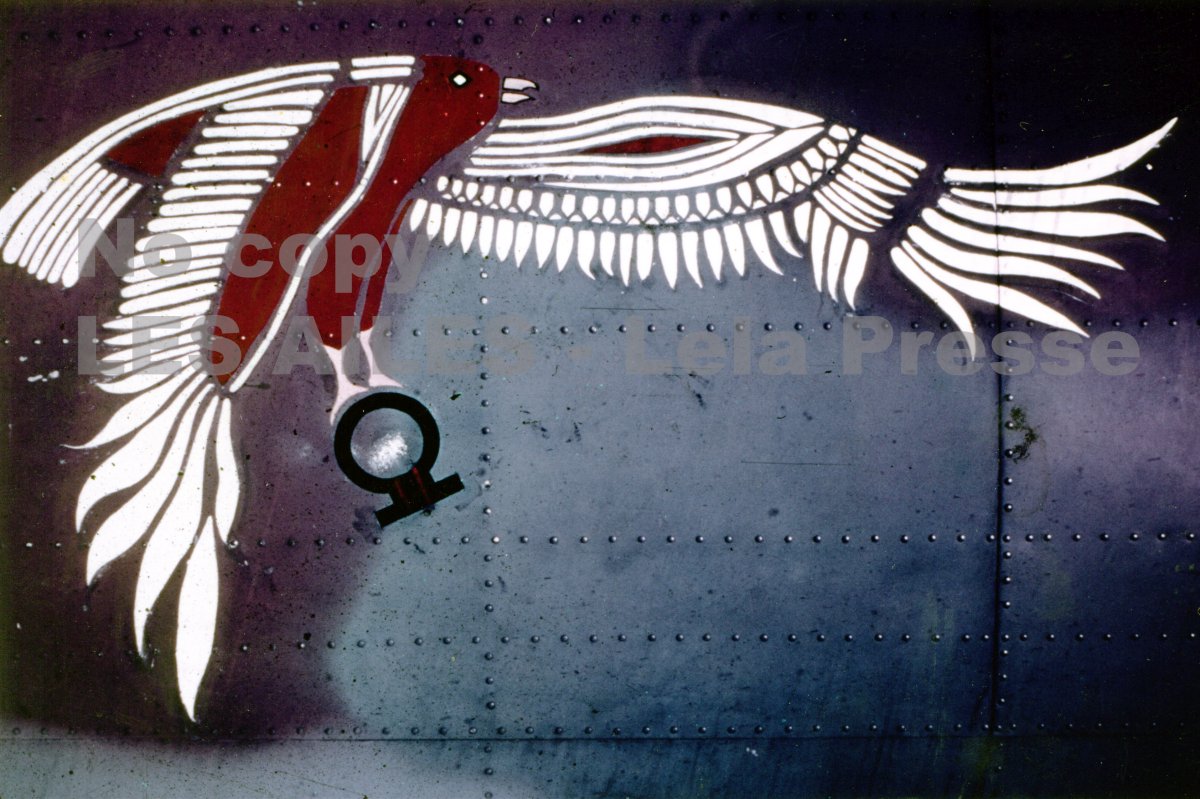 The insignia of the 2nd escadrille of GC I/4 on Curtiss n°107. Photo: J. Tardy de Montravel
The insignia of the 2nd escadrille of GC I/4 on Curtiss n°107. Photo: J. Tardy de Montravel
Until the end of 1939, the aircraft had a large emblem in the form of a silver and red Egyptian falcon on its fuselage. This was a reference to the traditions of escadrille SPA 153 from the First World War. In early 1940, orders were given for the emblems to be painted over and replaced with French cockades. The order was carried out scrupulously by both escadrilles of GC I/4. As the original emblem was painted in one size and in a fixed position, the same was done when painting the cockades. The emblem was affixed in such a way as to cover as much of the emblem as possible, while its remnants protruding from the sides of the cockade were painted over with dark camouflage paint. The cockade was approximately 75–80 cm in diameter, while the proportions of the colour fields of the sign often deviated from those provided for in the regulations. When the aircraft was captured by the Germans some time after 25 June, the bow was covered with a straight-armed cross. The size of the cross (sufficient to cover the French mark in its entirety) and its placement confirm that this fighter had previously borne markings similar to those of other Curtisses from 2nd escadrille GC I/4.
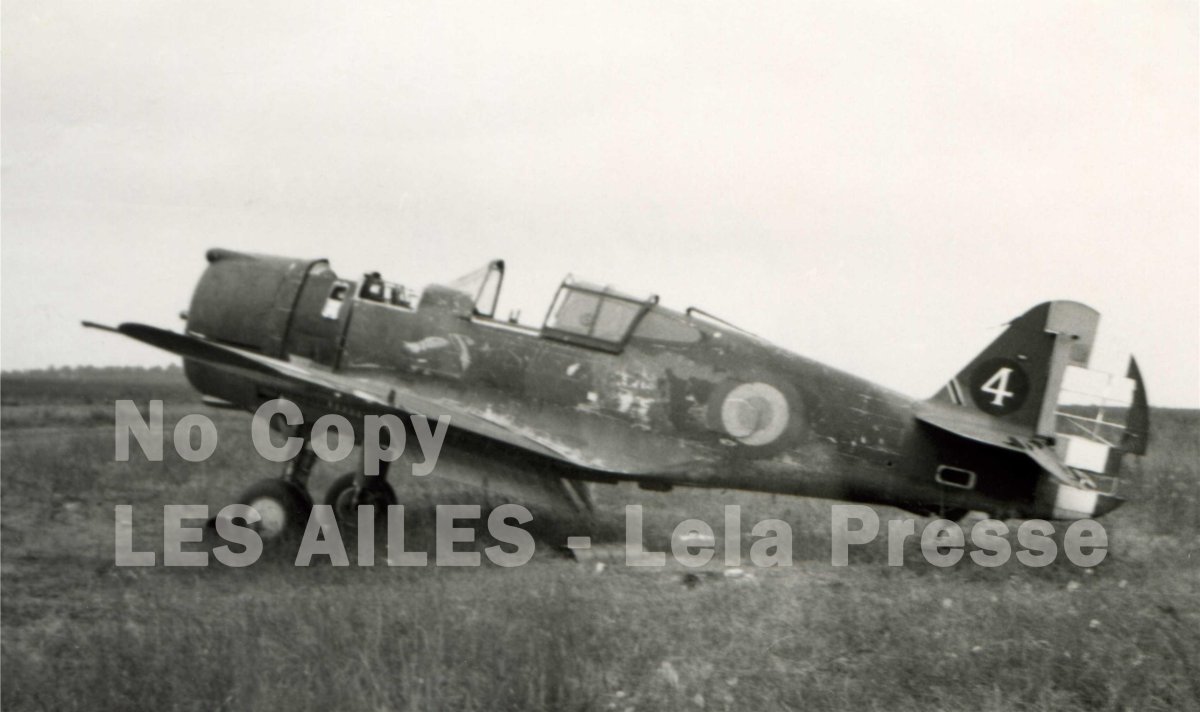 Curtiss H-75A1 n°113 coded 4 to the 2nd escadrille of GC I/4 abandoned at Evreux on June 10, 1940. This image shows how the original fuselage badge was covered in the unit with the roundel. Photo: L. Persyn
Curtiss H-75A1 n°113 coded 4 to the 2nd escadrille of GC I/4 abandoned at Evreux on June 10, 1940. This image shows how the original fuselage badge was covered in the unit with the roundel. Photo: L. Persyn
The escadrille’s emblem – in a much reduced size – was located on the fuselage in front of the cockpit. It is a bit of a mystery whether the original tactical number (a white “3” on a black shield) on the vertical stabilizer was only painted over by the Germans, or at an earlier date. The same applies to the black and white mourning ribbon painted at the base of the stabilizer. The Curtiss left by GC I/4 at Villacoublay stood there for about ten days before it was taken over by Zumbach and GC 1/55. It is known that the equipment of this squadron came from different units, and that the original tactical markings were not altered. What is more, no standardized marking system was used for aircraft newly acquired by GC 1/55. We may therefore assume that in the final two-three weeks of the campaign, Curtiss n° 107 looked just as it had when in service with 2nd Flight GC I/4.

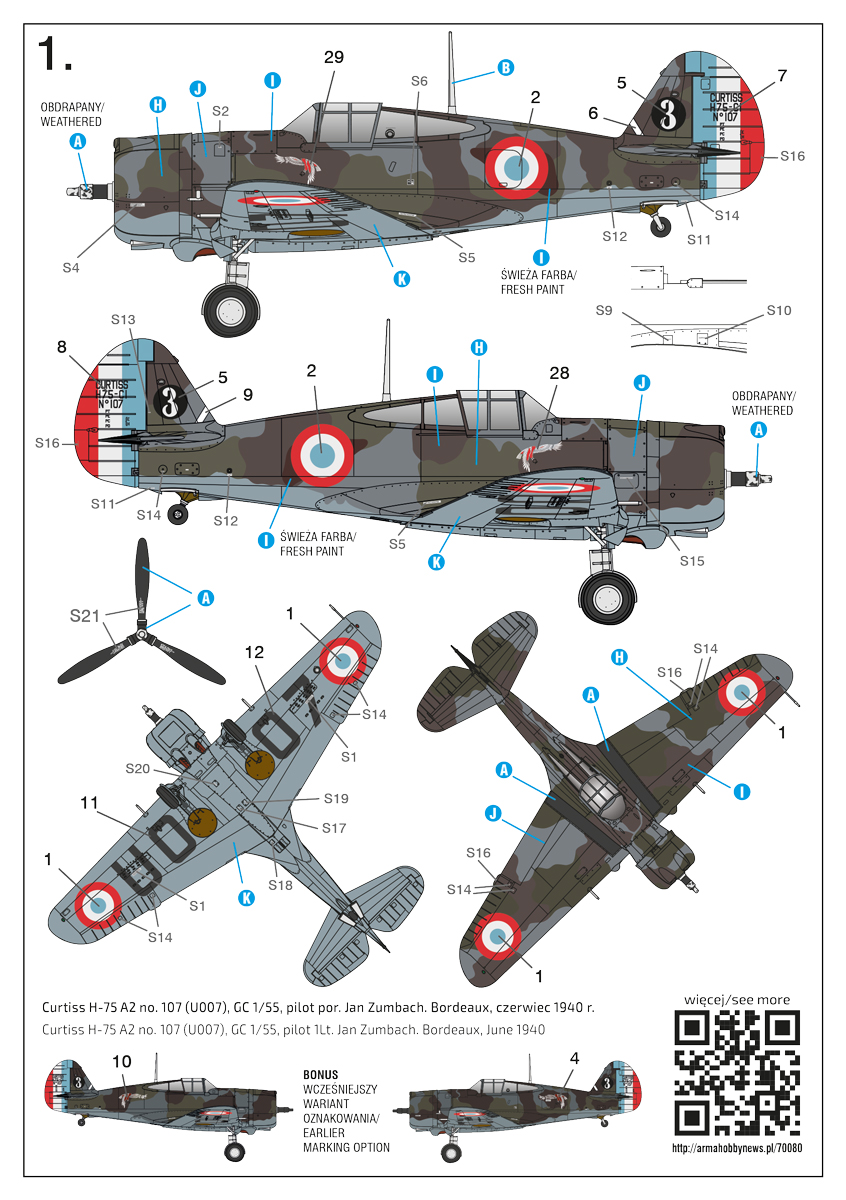
In the model kit, it was decided to allow for both variants of the aircraft’s markings: with a larger and a smaller insignia. The decal sheet includes both emblems and a roundel for the fuselage.
Acknowledgements
The photographs illustrating this article (except Jan Zumbach) were obtained courtesy of Matthieu Comas and Lionel Persyn and the excellent magazine Les Ailes dedicated to the history of French aviation. Lionel is also the author of key books on French Curtisses, and Matthieu – the pioneering monograph of the GC 1/55. Thank you for the photos and the valuable consultation!
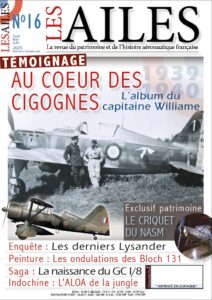
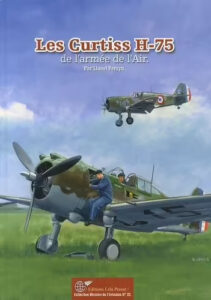
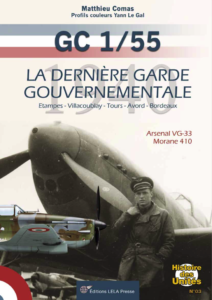
References and Sources
- Belcarz, Gretzyngier, Matusiak, Strzelczyk: Polish Wings No 44 : Curtiss Hawk 75, H-75A, P-36A , Mohawk , Stratus 202
- Comas: GC 1/55 La Dernière Garde Gouvernementale, Lela-Presse 2018
- Persyn: Les Curtiss H-75 de l’armée de l’Air, Coll. Histoire de l’aviation 22, Lela-Presse 2008
Check also:
Curtiss H-75 A1/A2 – plik z detalami do samodzielnego wydruku 3D
A former scale modeller, he now values perfection and purity of geometric forms more than invisible details. He has long been fascinated by the arcane design and technology used in aviation of the 1930s and 1940s. Also interested in the colours and markings of military aircraft of the period, including French ones with a connection to the Polish Air Force in the West. Co-author of several publications on the subject. For relaxation, he listens to loud, eclectic music from the 1980s and 1990s.
This post is also available in:
 polski
polski


